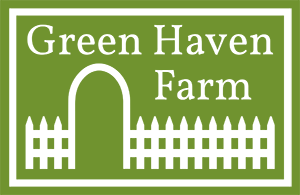Plant Profile: Echinacea purpurea
By Cathrine St.Clair
Echinacea purpurea has the common name Purple cone flower. It is a lovely herbaceous perennial that is native to eastern North America. Its showy blossoms usually appear in late June to early July and can rebloom through August. The blooms are very attractive to bees and butterflies making Echinacea a great addition to a pollinator friendly garden. Gold finches will also visit the flower heads as they ripen to eat the seeds.
Echinacea grows best in full sun, but will take some shade. It requires well drained soil and is tolerant of drought and poor soil. It grows 2 to 5 feet tall depending on the cultivar and for the most part is self-supporting, but may need some support if grown in rich soil or too much shade.
Echinacea generally will continue to bloom whether spent blossoms are removed or not, but removing spent blossoms early in the season may make the plant look more tidy. Consider leaving some spent blossom seed heads over the winter as a food source for birds, but be prepared for some self-seeding around the base of the plant. I consider this a bonus, and simply move the volunteer seedlings where I want them in the spring. Echinacea is also used as an herbal supplement to boost the immune system.
While called purple coneflower, the common version is more of a pinkish-purple and it has been hybridized into a variety of different colors including white, yellow, orange, red and even bi-colors. Some varieties are quite fragrant.
There are also coneflowers that have been hybridized with double or triple the petals to create a “pom-pom” effect, but note that these doubles and triples are not useful to pollinators because the hybridization process eliminates nectar sources. These hybrids are also mainly sterile, so they do not provide seeds for birds.
Echinacea can be susceptible Aster Yellows. This is a disease caused by infection by a microorganism called a phytoplasma. The infected plant’s flowers will remain green and the cones will be distorted with leaf like projections. The disease can be spread from an infected plant to a healthy one by leafhopper insects as they feed on different plants so it is important to remove any infected plants you find. There is no cure for Aster Yellows.
Echinacea are sometimes bothered by Japanese beetle which chew the flower petals but they usually out-grow “beetle season” and continue flowering.
Want a little more information on Echinacea? Here are some links:
Ladybird Johnson Wildflower Center profile
Penn State Extension – Echinacea Diseases



